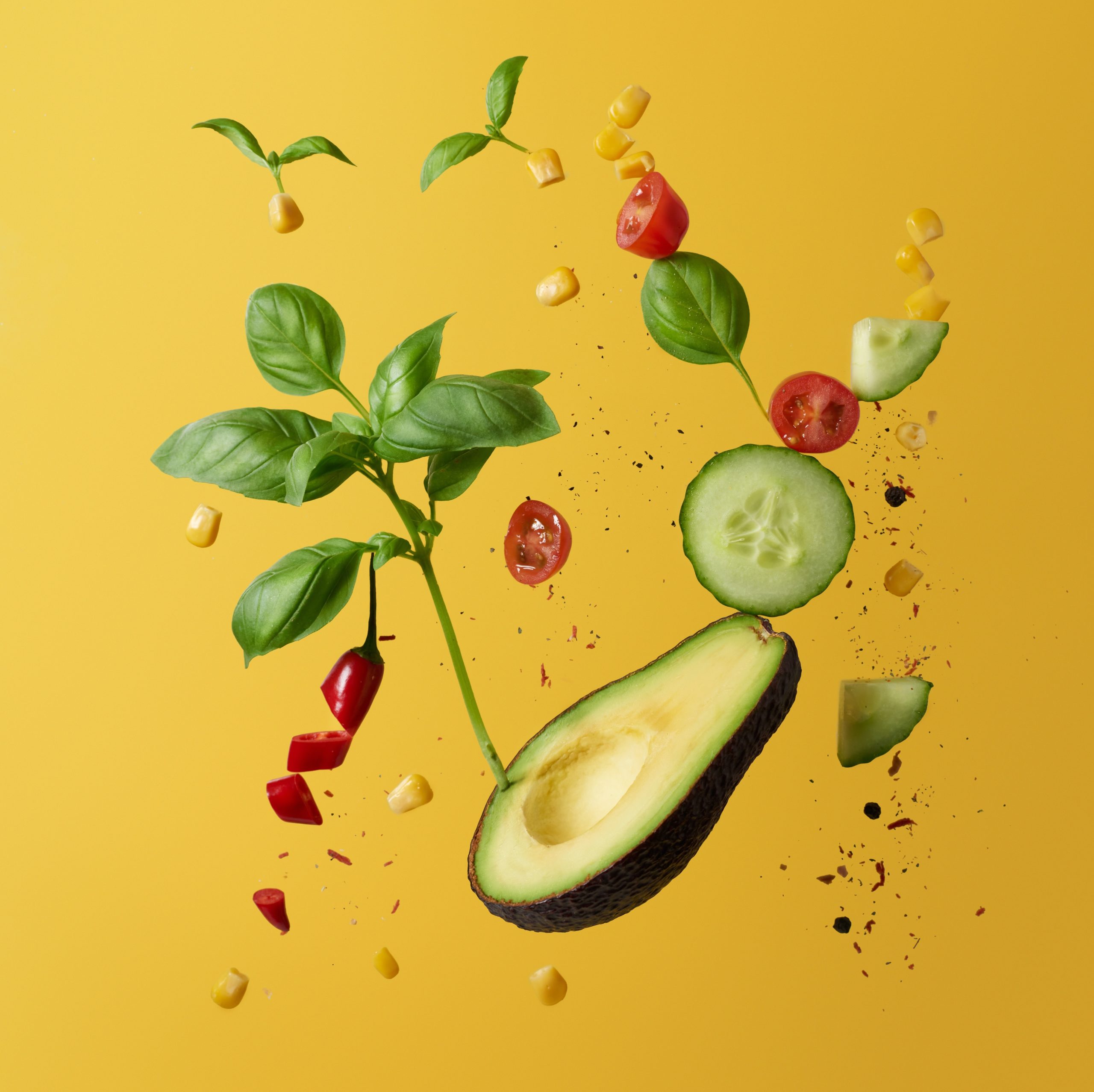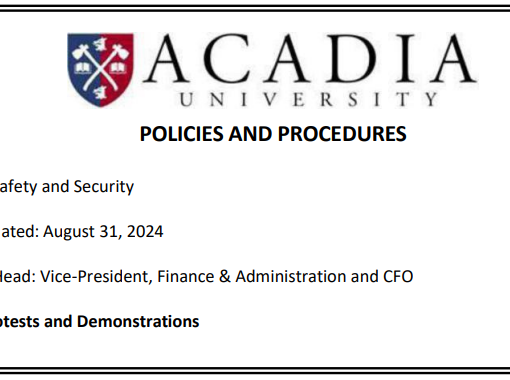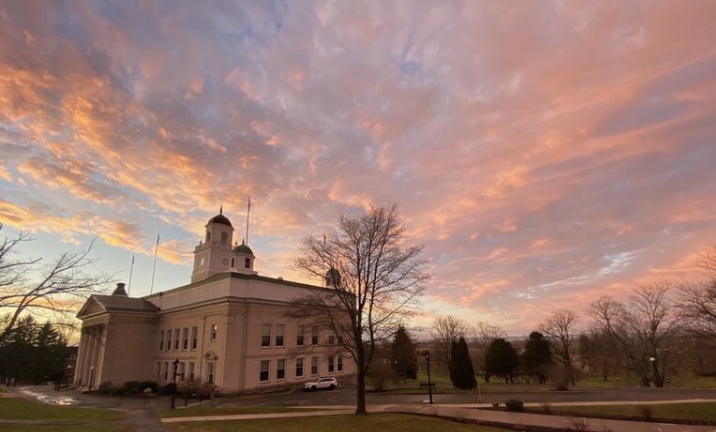Each day, Wheelock Dining Hall fills with students searching for food. Many students find the transition between eating at home to eating at meal hall to be a jarring experience. It can be challenging to go from having a great deal of control over or familiarity with what one eats to dealing with a preset menu. Accessing foods that meet their unique needs can be a challenge for students on meal plans, and this is especially true for students with dietary restrictions.
Having dietary restrictions, whether from a choice to eat plant based, an allergy or intolerance, or religious dietary practices, adds an extra set of limitations when finding the right food. Navigating meal hall and accessing food options that fit your needs can be a difficult task, with traditional menu options often dominating the boards. Students who can’t eat certain meals may feel a little left behind.
Every student needs nourishment, and with one dining hall on campus they rely on Wheelock to meet those needs. I had the opportunity to speak with Laura Miller with dining services about the strategies Wheelock Dining Hall uses to meet the needs of students with dietary restrictions, how the pandemic impacted food service and how things are changing as the province moves out of that stage, and what advice she has for students that are still figuring out how to meet their dietary needs in dining hall. Below are some excerpts from our conversation.
Adelaide Matheson (AM): How common are dietary restrictions and things like that on campus?
Laura Miller (LM): I mean that fluctuates a little bit, but generally there’s close to about 20 students who are on a special diet plan who require customized meals.
AM: How common would you say it is for people to access the vegan menu options without being on a special plan?
LM: Vegan has increased significantly over the past several years. So our vegetarian station has actually changed a lot, especially in this past year, to now be more vegan. You see a lot more vegan entrees, vegan soups, things like that. Just because there’s so many more vegans who have come requesting those types of foods, we made the change. I wouldn’t be able to tell you how many, but it’s significant enough that we did do a menu change.
AM: In terms of providing for different diets and different needs, how has the pandemic affected that? And now that we’re coming out of that period and shifting back into the way things were, how is meal hall going about that journey?
LM: For students who are on special diets they would meet with the manager or the dietitian that we have here, and then we would assess what their requirements are and make their meals during COVID times. So we’re making the meals and all the snack items are available for them to pick up. When we were serving everything, it did make it harder because [students with dietary restrictions] couldn’t source anything themselves. They had to ask for everything. Where before when the My Pantry was opened, they might have felt comfortable going in because the special diet foods were available. Now everything had to be served, so it was just more of a process for them to find things. Often people eat with their eyes. You don’t know what you want until you see it. When you didn’t have access to [the fridge with special diet foods], you really had to figure it out ahead of time or ask. So I think it’s just a longer process. We always had the same items. I just don’t think they knew exactly everything they could have because we would always buy different things just to keep the variety changing.
AM: Are there any key strengths or challenges you want to identify or any comments on special diets?
LM: [With] special diets it really comes down to communication. Make sure that they’re communicating with the management and the chefs. When you go on the special diet program because you do require a meal made separately, usually because you have severe allergies or intolerances that you’re not able to source from the general food stations, just keep communicating. If you don’t like something, or if you do like something. We wanna make sure people are taken care of, and coming to get food at Wheelock Hall should be the least amount of worry in your day. You’re on campus to study and concentrate on your classes, so coming in to get something to eat if you’re on a special diet program should be simple.
AM: What’s one piece of advice you would like to give to students that are looking for food that suits them?
LM: I think the big thing is to come and see us. Talk to a manager or email through the contact page or website and just ask questions. A lot of times we have the students come in and we give them a tour of where they can find things and how they can make the dining hall work for them. Students who might have been in meal hall for two years who are in their third year, they know all the tricks of the trade on how to find something and take it there and adapt it. So if you’re new coming in, it’s just communicating that. If you have questions, please ask.
AM: What is the process for a student who wants to get in touch with somebody, whether it’s about a special diet plan or accessing certain foods?
LM: They can go through residence life first and then residence life will connect us with the student – alternatively, they can go through our website, there’s a Contact Us page, or they could come in in person and they can see us.
AM: Where do you see the future of meal hall? You’ve mentioned that you’ve seen [the number of] people eating plant based options increasing a lot over the past three years. Do you think that’s going to continue to increase and where do you see the future heading?
LM: On our side we follow trends a lot because there are trends in food services and in what’s happening in the world, so we do that. Alternate proteins for plant based options, that is a choice, but it has to be customizable and we always try to keep our stations so that you can customize it. We put up a plate, but you don’t have to take that plate. You can take a component of that plate and add it to something else. So making sure stations are customizable I think would be the number one in what’s happening in the future.
AM: What would you say you’re most excited for coming back now that now that we’re moving out of that pandemic stage and into a more open stage?
LM: It’s only been this past week that the pantry has opened up, and even with the other managers we’re noticing there’s so much more energy and you get the buzz in the dining room and the buzz in serving and people going around. It’s definitely a different feel to the stations and how people are getting their items. It reduces the lineups that people can serve themselves and not have to wait in line to get their food. That’s a great thing.
*Quotations have been edited for brevity and clarity.





